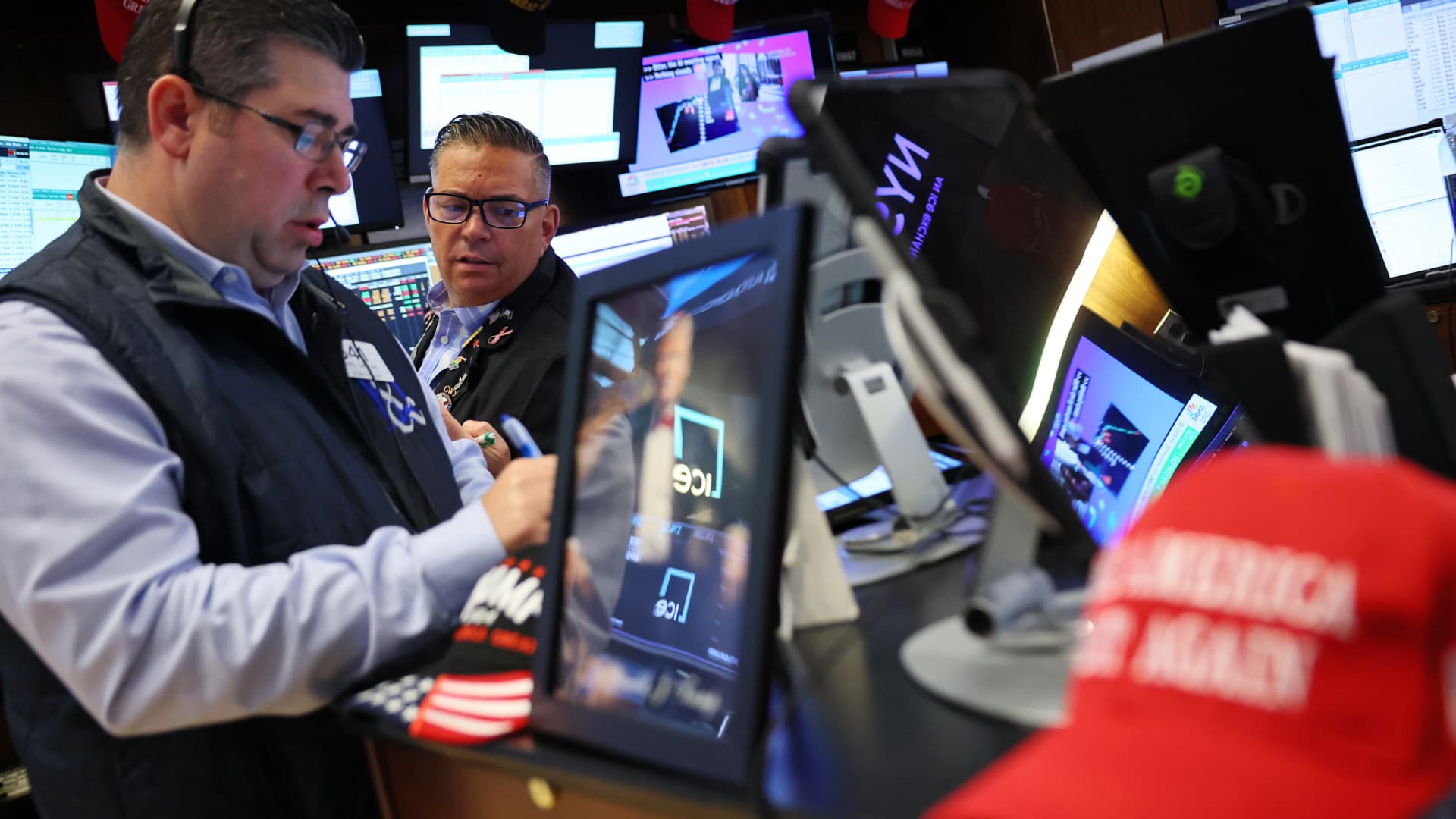The Transformative Role of AI in Modern Markets and Corporate Strategy
Artificial Intelligence (AI) is reshaping the financial landscape and corporate strategies at an unprecedented pace, intertwining with market rotations and global expansion plans. Understanding AI’s multifaceted impact helps decode current market behaviors and guides investor decisions in this evolving environment.
—
AI Driving Market Dynamics and Sector Rotation
The “bizarre rotation” in the stock market discussed by Jim Cramer can, in part, be attributed to the pervasive influence of AI technologies influencing investor sentiment and sector performance.
AI as a Catalyst for Value and Growth Shifts
AI innovations are no longer confined to high-growth tech stocks; they are penetrating traditionally undervalued sectors such as manufacturing, logistics, and retail. This diffusion encourages a reallocation of capital:
– Emergence of AI-Enhanced Value Stocks: Companies integrating AI to optimize operations and reduce costs are often found in value-oriented sectors, helping attract fresh investment.
– Acceleration of Small Caps’ AI Adoption: Small-cap firms leveraging AI gain competitive edges, propelling their stock prices and stimulating broader market interest.
Market Sentiment Influenced by AI Advances
Investor enthusiasm around AI breakthroughs can fuel momentum, often leading to price surges across diverse sectors. However, this enthusiasm may sometimes outpace fundamentals, echoing Cramer’s caution about potential excess and volatility within the rotation.
—
Starbucks and AI in China: A Strategic Synergy
Starbucks’ ongoing expansion in China illustrates how AI intersects with global strategies to boost competitive positioning and consumer engagement.
AI-Driven Personalization and Efficiency
Starbucks employs AI technologies in several ways to enhance its footprint in the Chinese market:
– Customized Customer Experiences: AI analyzes consumer data to create tailored marketing and product offerings, blending cultural preferences with brand identity.
– Operational Optimization: AI streamlines supply chains and inventory management, improving responsiveness post-pandemic and supporting rapid store expansion.
Aligning AI Integration with Market Growth
AI’s incorporation into Starbucks’ Chinese strategy exemplifies how leveraging technology supports tapping into rapidly growing, tech-savvy consumer markets, thereby reinforcing investor confidence.
—
Earnings, AI Insights, and Market Timing
AI tools are transforming earnings season analysis and market timing:
– AI-Powered Earnings Forecasts: Advanced algorithms offer more granular and timely predictions, helping investors better anticipate sector performances amidst rotation.
– Sentiment Analysis and Volatility Management: AI enhances detection of market sentiment shifts, aiding strategic decisions about entry, exit, or holding positions during volatile periods highlighted by Cramer.
—
Strategic Lessons for Investors in the AI-Era Market
Integrating AI’s influence into investment approaches yields several actionable insights:
– Embrace Sector Fluidity Powered by AI Innovation: Recognize that AI reshapes traditional sector boundaries, necessitating dynamic portfolio adjustments.
– Exercise Vigilance Amid AI-Driven Hype: Balance AI’s promise with critical analysis to avoid overexposure to inflated valuations.
– Leverage Global and Technological Trends Together: Combine awareness of macroeconomic factors with AI-driven corporate developments, exemplified by Starbucks’ China expansion.
– Adopt Adaptive, Data-Driven Strategies: Utilize AI tools for continuous market intelligence and risk assessment to stay ahead in a rapidly shifting environment.
—
Harnessing AI for a Resilient Market Outlook
AI emerges as both a driver and a lens through which the current market rotation and corporate maneuvers must be understood. It accelerates shifts in investor focus, enhances strategic execution in expanding markets, and sharpens the precision of financial analysis.
Navigating this AI-infused landscape calls for investors to blend innovative technology adoption with prudent skepticism. By doing so, one can unlock nuanced opportunities and build resilience amid the complexities of modern markets shaped by the twin forces of human strategy and artificial intelligence.

